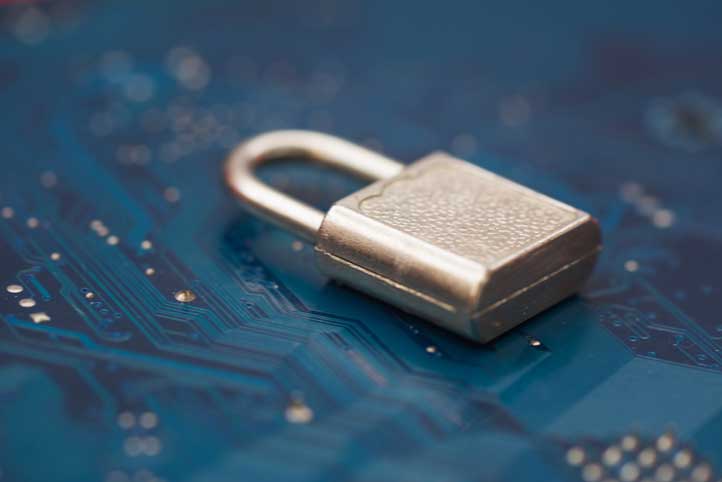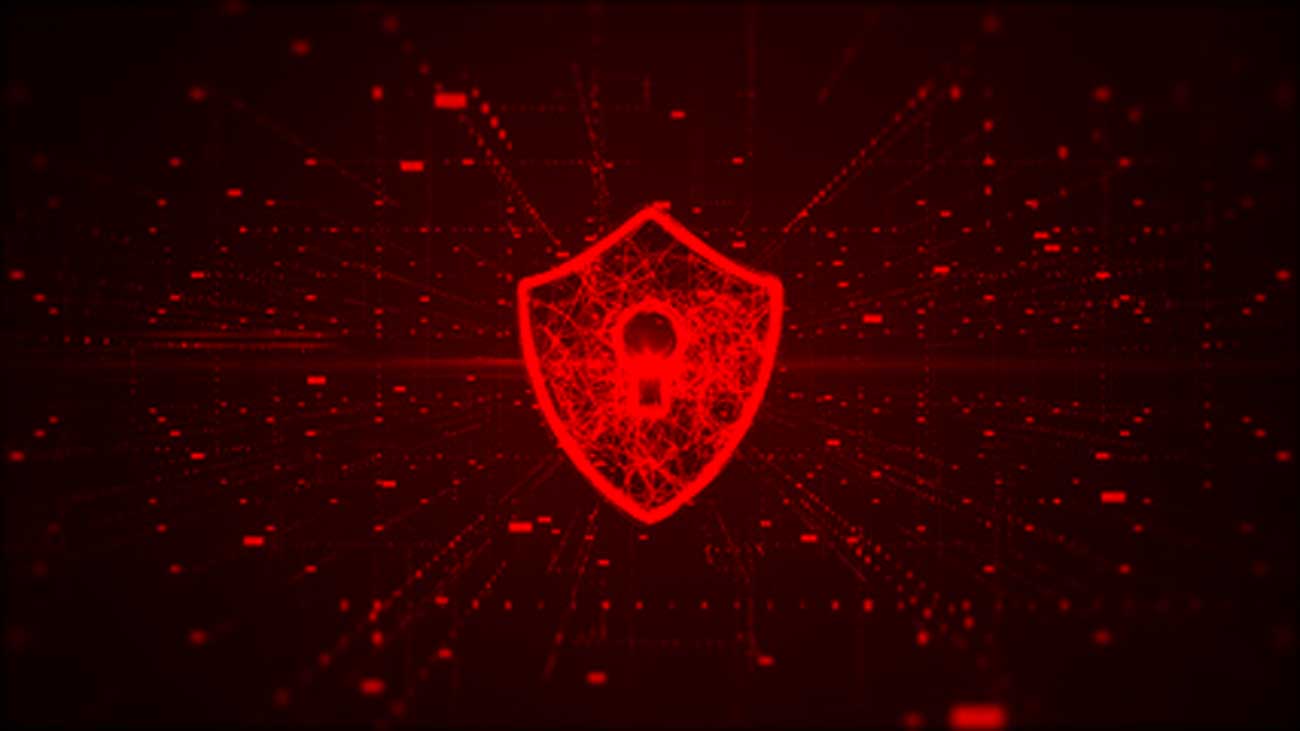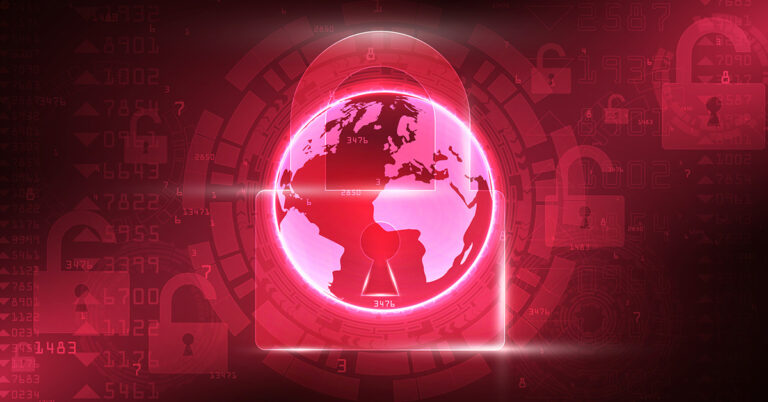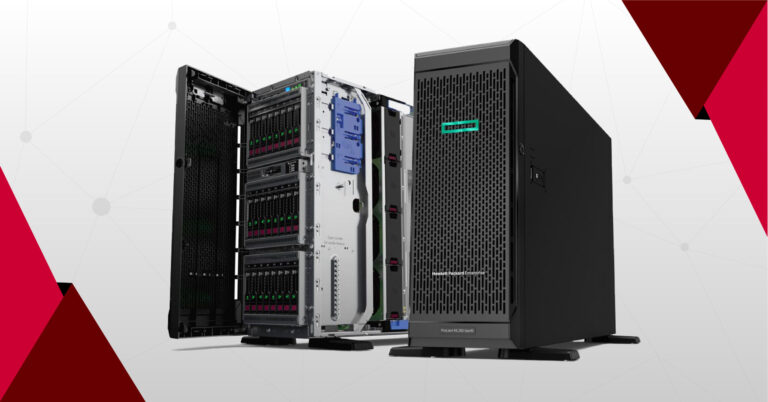The Foundation of Cybersecurity Compliance
A cybersecurity compliance program, at its core, entails a comprehensive set of practices, policies, and procedures designed to protect data and information systems from cyber threats and ensure adherence to regulatory requirements. This program is the bedrock upon which businesses build their defense against data breaches and cyberattacks, which compromise sensitive data, erode customer trust, and can lead to significant financial and reputational damage.
Who Has Responsibility for Cybersecurity?
Each member within a company plays a pivotal role in the protection and security of a networking ecosystem. Our shared responsibility is to safeguard clients’ proprietary data and sensitive information. This duty extends beyond mere compliance; it is a cornerstone of our clients’, partners’, and stakeholders’ trust in us.

Security Adherence
Stringent adherence to a company’s commitment to security is essential, as defined by the National Institute of Standards and Technology (NIST) Special Publication 800-171 and the Cybersecurity Maturity Model Certification (CMMC) frameworks. The design of these standards is not arbitrary; they protect Controlled Unclassified Information (CUI) in non-federal systems and organizations, ensuring that the IT provider maintains a robust defense against cyber threats and vulnerabilities.
Why Compliance Matters
Legal and Contractual Obligations
A company’s adherence to NIST 800-171 and CMMC is a legal requirement for fulfilling contracts with the government and other entities requiring high data protection levels. Non-compliance can result in severe penalties, including the loss of contracts, financial fines, and reputational damage.
Operational Integrity
Aligning a company’s practices with these frameworks ensures that operational processes are secure, resilient, and reliable. This operational integrity minimizes the risk of cyber incidents and provides continuity and stability to the services.
Client Trust and Confidence
A business’s commitment to these standards reassures clients and partners of the company’s dedication to protecting client information. This trust is fundamental to building and maintaining robust and enduring business relationships. It puts the client’s best interest first in the relationship.
Cultural Excellence
A rigorous approach to cybersecurity reflects broader organizational values of excellence and integrity. Embedding these principles into a company’s daily operations when serving client businesses fosters a culture of awareness, vigilance, and proactive engagement in cybersecurity matters.

Your Role in A Cybersecurity Framework
Employee Role for Cybersecurity
Each member of a business enterprise utilizing digital data, regardless of role or level, is a custodian of the cybersecurity posture. Whether practicing secure password management, identifying and reporting suspicious activities, or participating in cybersecurity training, each member’s actions contribute significantly to the collective defense. Through combined efforts, we can thwart potential security threats and maintain a thriving environment to protect the business, its partners, and its clients.
Company Role for Cybersecurity
Businesses must reiterate the importance of our collective responsibility in cybersecurity. The digital landscape is ever-evolving, with new threats emerging daily. Our adherence to NIST 800-1711 and CMMC frameworks2 fulfills our legal and contractual obligations and positions us as a trustworthy, secure partner in the eyes of our clients and the broader community we serve.

Components of a Cybersecurity Compliance Program
A successful compliance program revolves around a systematic risk governance approach, integrating several key components:
Risk Assessment and Analysis
A thorough risk analysis identifies potential cybersecurity risks, assessing the likelihood and impact of data breaches. This foundational step informs the development of security controls tailored to the organization’s specific cybersecurity needs, ensuring a targeted and efficient allocation of resources.
Security Controls and Measures
Implementing robust security measures, from physical controls to sophisticated information security management systems, forms the frontline defense against cyber threats. These controls safeguard customer and client data and the company’s sensitive information, ranging from intellectual property to internal communications.
Continuous Monitoring and Risk Management
Cybersecurity is not a set-it-and-forget-it affair. Continuous monitoring and regular risk assessments ensure that the organization’s security posture evolves in step with emerging cyber threats. This dynamic approach supports a proactive rather than reactive stance on cybersecurity, emphasizing risk prevention measures and timely response strategies.
Compliance with Regulatory Standards
Navigating the landscape of compliance regulations, from the General Data Protection Regulation (GDPR) for European Union3 citizens’ data to the Health Insurance Portability and Accountability Act (HIPAA)4 for personal health information, requires a deep understanding of the applicable legal frameworks. Adherence to these regulations, including the Payment Card Industry Data Security Standard (PCI DSS)5 for credit card transactions, underscores a commitment to data protection and security compliance.
Education and Training
Equipping the compliance team and broader organization with the knowledge and skills to recognize and respond to cyber threats is critical. Regular training sessions ensure that all employees understand their role in maintaining cybersecurity and compliance, from managing customer data collection policies to executing security practices effectively.
The Role of External Audits and Certifications
External audits and certifications from recognized bodies, such as the International Organization for Standardization (ISO) or certified public accountants, are crucial in validating an organization’s compliance with cybersecurity standards. These assessments offer an objective review of the cybersecurity program, highlighting strengths and identifying areas for improvement. Moreover, certification against recognized security frameworks is a tangible demonstration of the organization’s commitment to protecting sensitive data and maintaining a secure operating environment.

Employee Guidelines to Enhance Cybersecurity Posture
Do Not Click on Unknown Links
-
- Always verify the sender’s authenticity before engaging with an email’s content. Phishing attempts often disguise harmful links within seemingly benign communications.
Secure Your Credentials
-
- Never enter login details on websites not affiliated with Les Olson IT services. Always check the URL to ensure it is a legitimate Les Olson website.
Stay Informed
-
- Employees must familiarize themselves with the common indicators of phishing attempts, such as unexpected email requests, unsolicited attachments, and too-good-to-be-true offers. Employee training within a company must be ongoing and reoccurring with the businesses served by the IT company. Cyber security is not a static position but is very dynamic with new threats and new perpetrators. Vigilant awareness and security updates for employees are crucial.
Report Suspicious Activities
- If an employee encounters unusual emails or requests, report them immediately to your internal IT representative and outsourced IT partner. Your prompt reporting can prevent potential security incidents.
Digitally Secure and Resilient
A commitment to cybersecurity needs to be unwavering. IT providers must continually provide training, resources, and updates to empower client companies with the knowledge to defend against cyber threats. Together, we can maintain a secure and resilient digital environment.
Multifaceted Network Compliance
A company’s email filters must restrict outbound emails from disclosing proprietary information. The safety and security of a company’s digital infrastructure is paramount. By adhering to best practices and remaining vigilant, a company can uphold its legal and contractual obligations and the trust its clients and partners place in the IT provider.
Cybersecurity compliance is a multifaceted endeavor beyond mere adherence to legal requirements. It embodies a strategic approach to risk management, data protection, and regulatory compliance to safeguard the business’s digital assets and customer relationships. By adopting a comprehensive cybersecurity compliance plan, companies can confidently navigate the complexities of the digital age, ensuring the long-term integrity and success of their operations in the face of ever-evolving cyber threats.
Les Olson IT Cybersecurity Services
Many companies outsource a portion of their IT requirements to a professional IT provider. Les Olson serves the entire state of Utah and the Las Vegas area with a host of network security services, including remote access bundling, endpoint security, employee training, software security, and 24/7 cybersecurity monitoring. This expert IT provider helps business meet best practices and federal standards for safeguard and security compliance.

Footnotes
- 1 Ross, Ron, et al. “Protecting Controlled Unclassified Information in Nonfederal Systems and Organizations.” 1 Feb. 2020. Accessed 13 Mar. 2024. csrc.nist.gov/pubs/sp/800/171/r2/upd1/final
- 2 “Overview of CMMC 2.0 Model.” Chief Information Officer. U.S. Department of Defense. Accessed 13 Mar. 2024. dodcio.defense.gov/CMMC/Model/
- 3 “What Does the General Data Protection Regulation (GDPR) Govern?” European Commission. Accessed 13 Mar. 2024. commission.europa.eu/law/law-topic/data-protection/reform/what-does-general-data-protection-regulation-gdpr-govern_en
- 4 Health Insurance Portability and Accountability Act of 1996 (HIPAA) | CDC. Accessed 13 Mar. 2024. www.cdc.gov/phlp/publications/topic/hipaa.html.
- 5 PCI Security Standards Council, LLC. PCI DSS Quick Reference Guide. July 2018. Accessed 13 Mar. 2024. listings.pcisecuritystandards.org/documents/PCI_DSS-QRG-v3_2_1.pdf.




